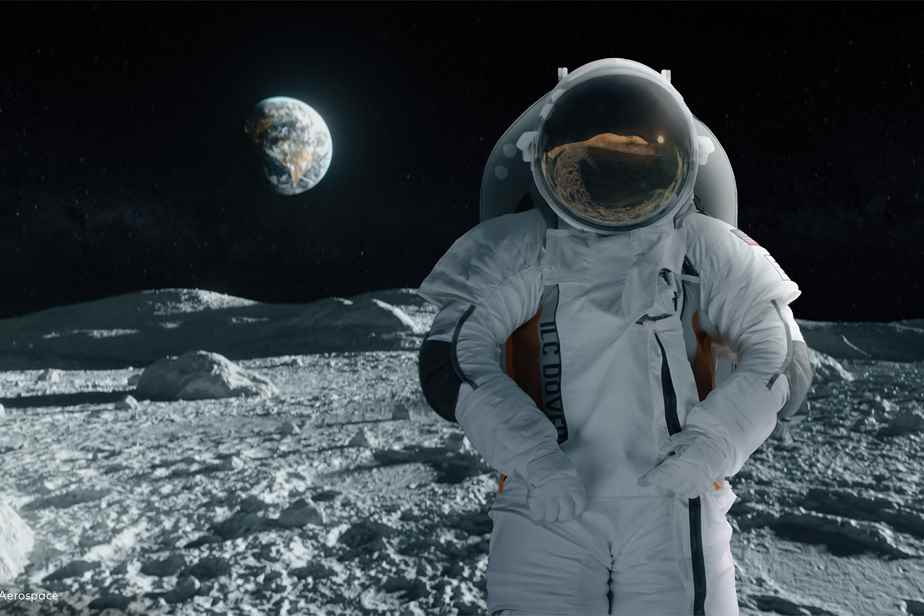(Washington) The National Aeronautics and Space Administration (NASA) announced on Wednesday that it has commissioned two companies, Axiom Space and Collins Aerospace, to develop the spacesuits that will be worn by future astronauts on the Moon.
Posted yesterday at 6:39 p.m.
These suits will also be used for the International Space Station (ISS), replacing the current ones, which have been in use for around forty years.
“History will be made in these combinations,” said Vanessa Wyche, director of NASA’s Johnson Space Center, at a press conference. “The first person of color, and the first woman” to set foot on the Moon, “will wear these suits,” she said.
NASA had originally planned to develop this new generation of suits itself, but had fallen way behind schedule.
The choice to finally entrust them to two companies confirms the emphasis placed by the American agency in recent years on public-private partnerships. “This allows us to save some costs, because we share the investments”, argued Vanessa Wyche.
The two companies are investing “a significant amount of their own money,” NASA said in a statement.
Details of the amount of the respective contracts have not yet been revealed, but in total the program has a cap of US$3.5 billion, for service rendered until 2034.
The agency reserves the right not to choose ultimately only one of the two companies, or both, or even to add others. But they will remain owners of the suits and responsible for their maintenance.
Axiom Space, which has already sent space tourists to the ISS with SpaceX, plans to build its own space station. The company will thus itself need space suits for its future customers.
“We had planned to make a suit as part of our program, so it’s fantastic to benefit from NASA’s years of experience,” said Axiom Space boss Michael Suffredini.
NASA has detailed a whole series of needs and requirements, both for operating on the Moon and for outings in low orbit around the ISS.
The two environments do not present the same challenges, for example the weight of the suit is not an issue in weightlessness, while dust must be taken into account on the Moon.
It’s up to Axiom Space and Collins Aerospace to decide whether it will be a single combination, or two separate ones.
The goal is to allow those who wear them “as much mobility as possible”, summarized Dan Burbank of Collins Aerospace and himself a former astronaut.
The two companies plan to demonstrate that they meet all the requirements around 2025 – the year in which Artemis 3 is planned, the mission to land humans on the Moon.
